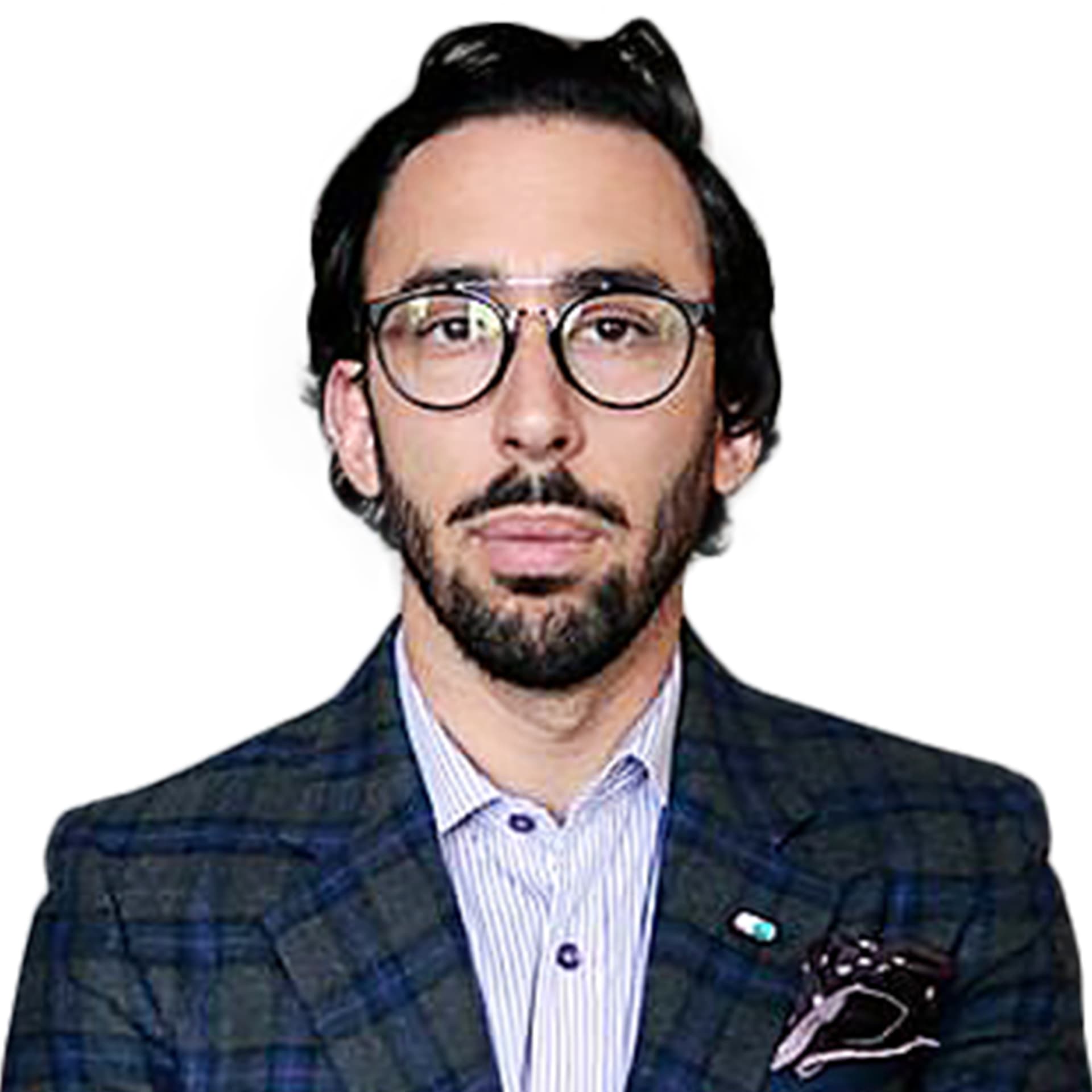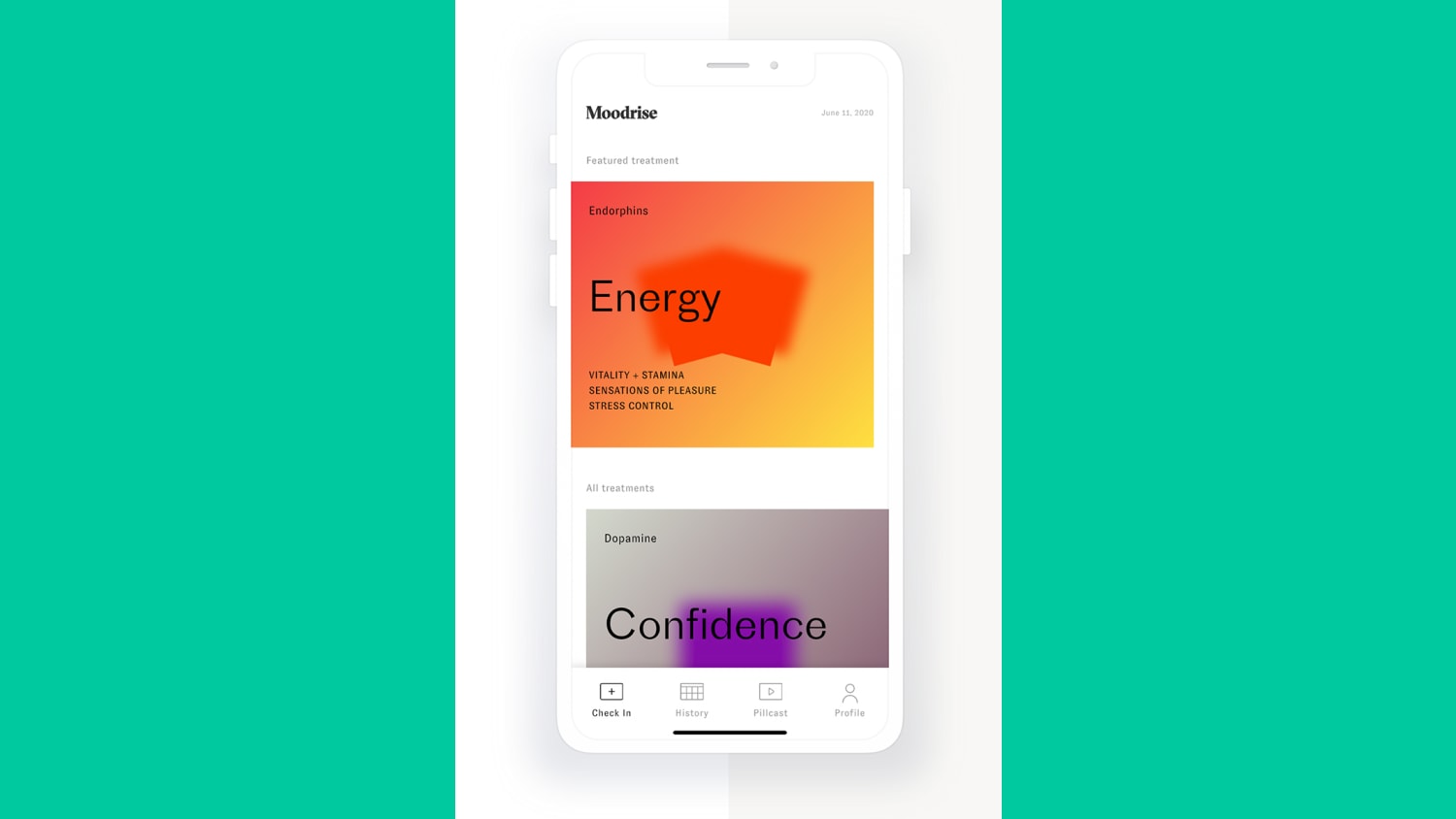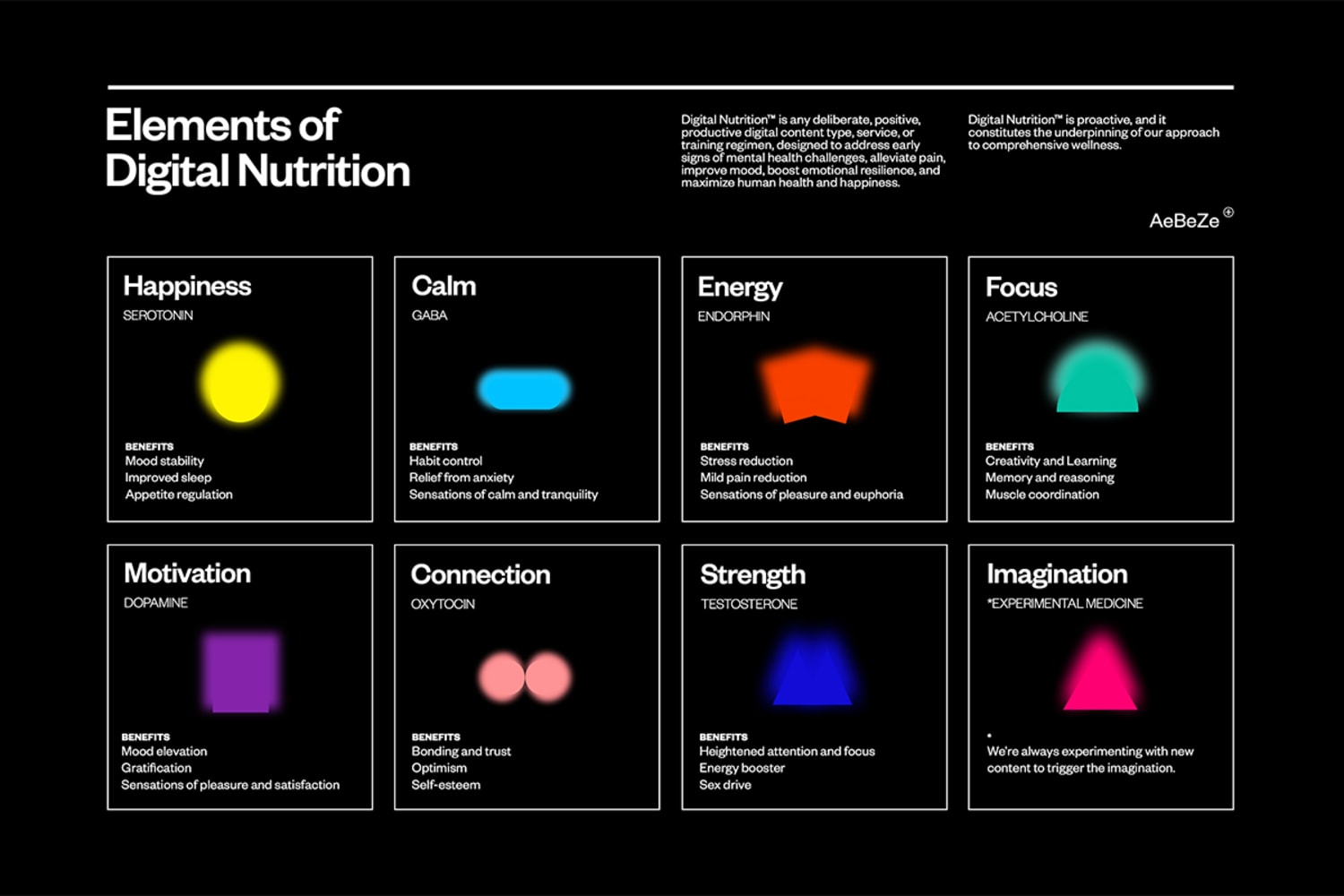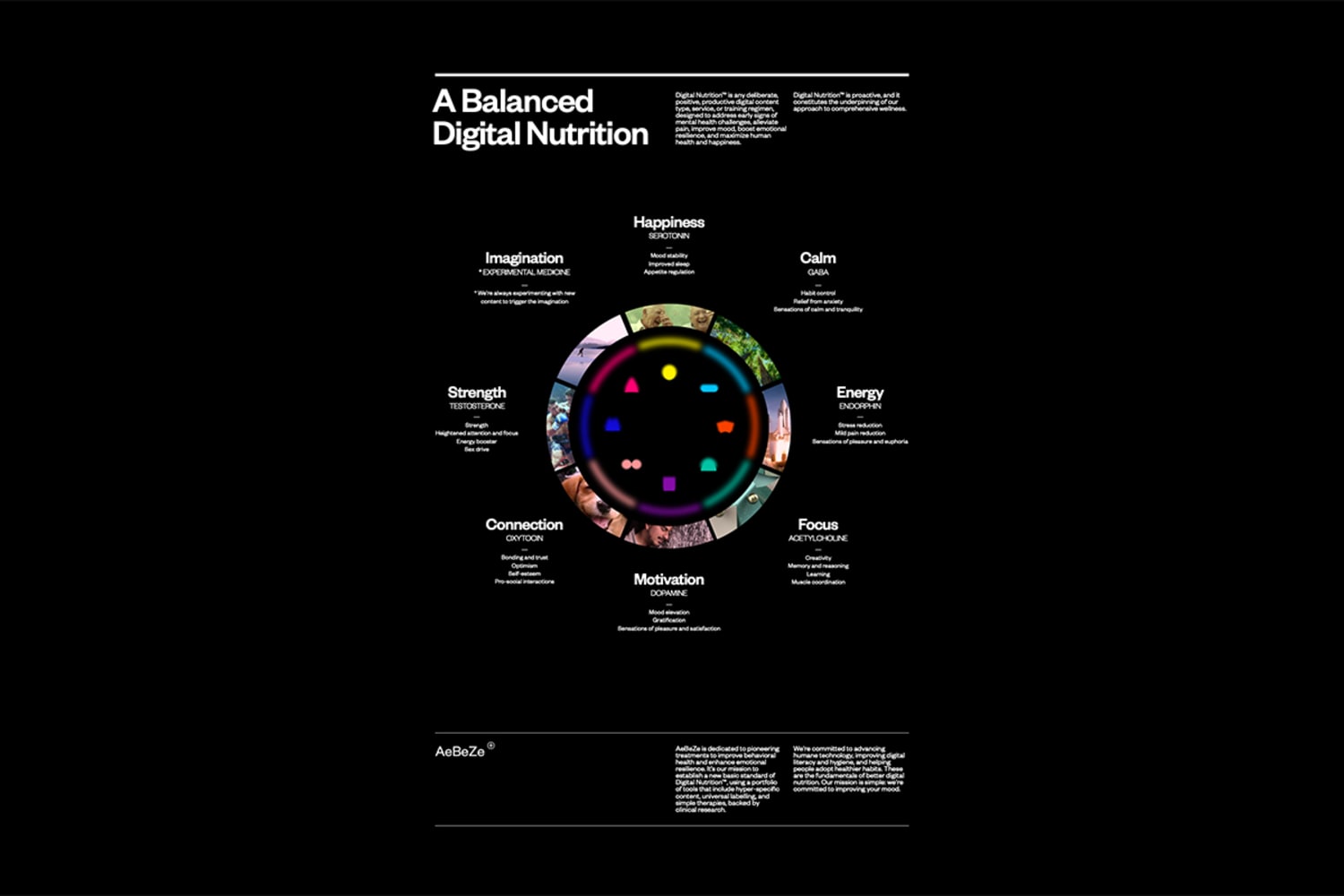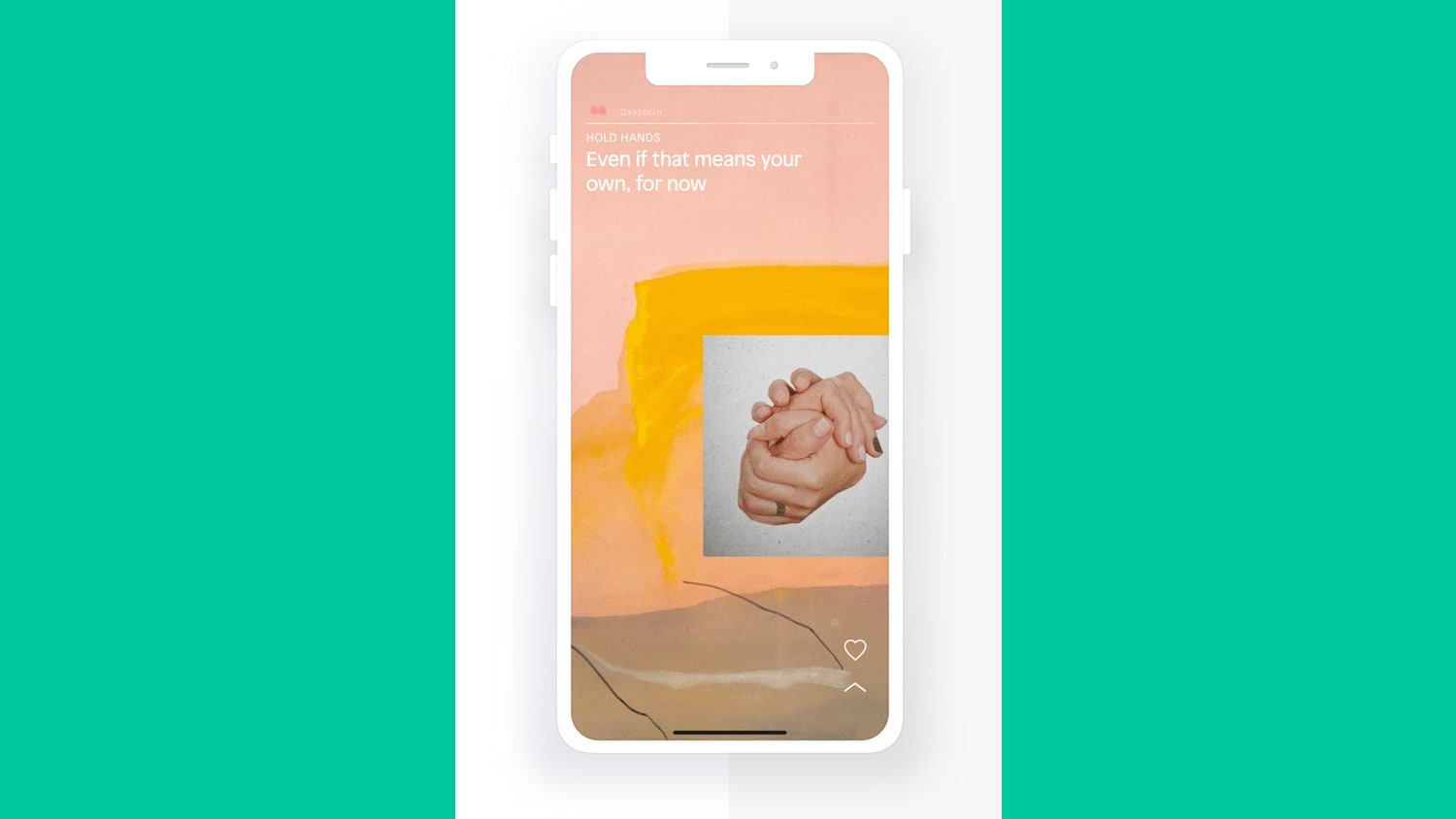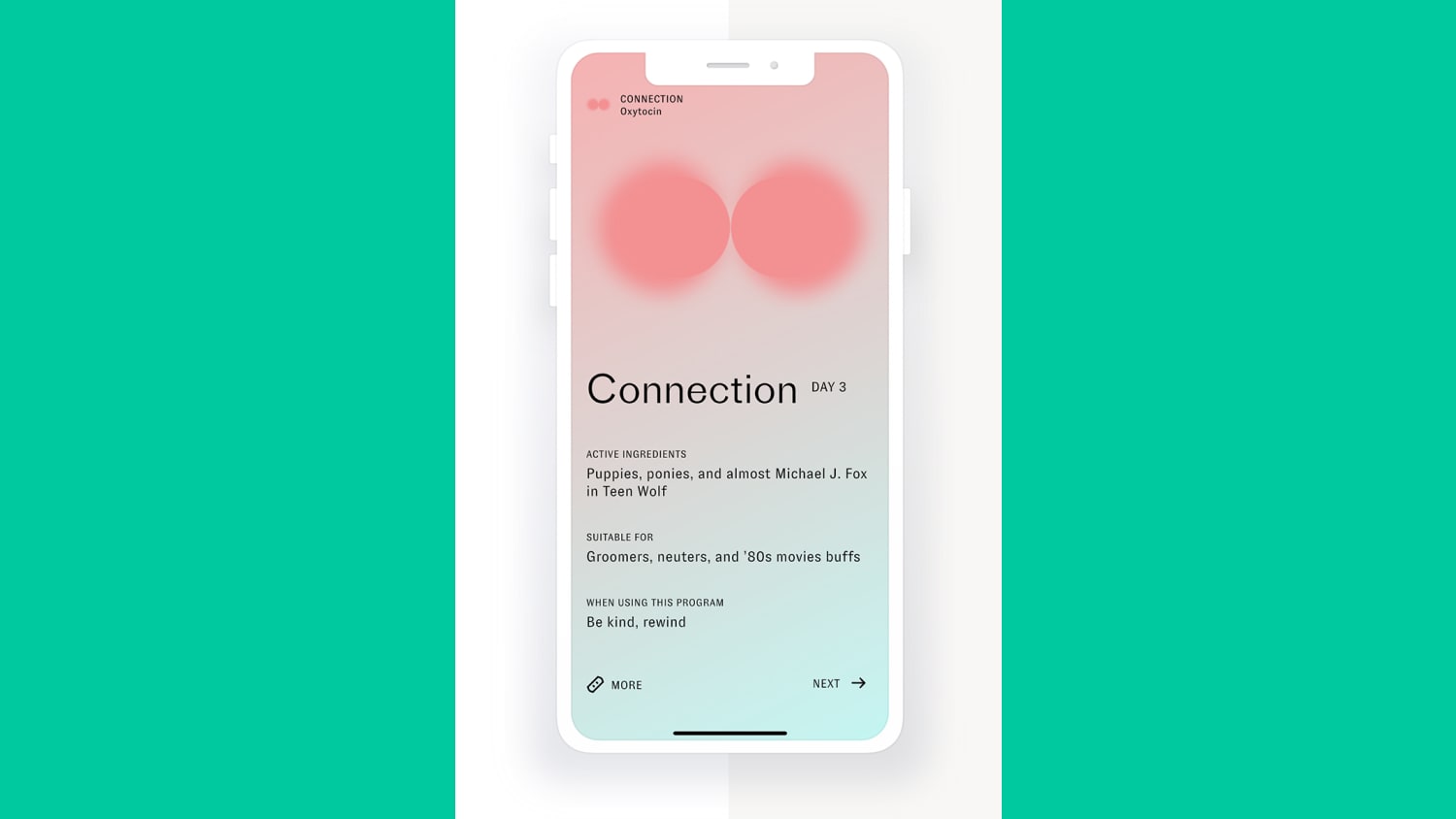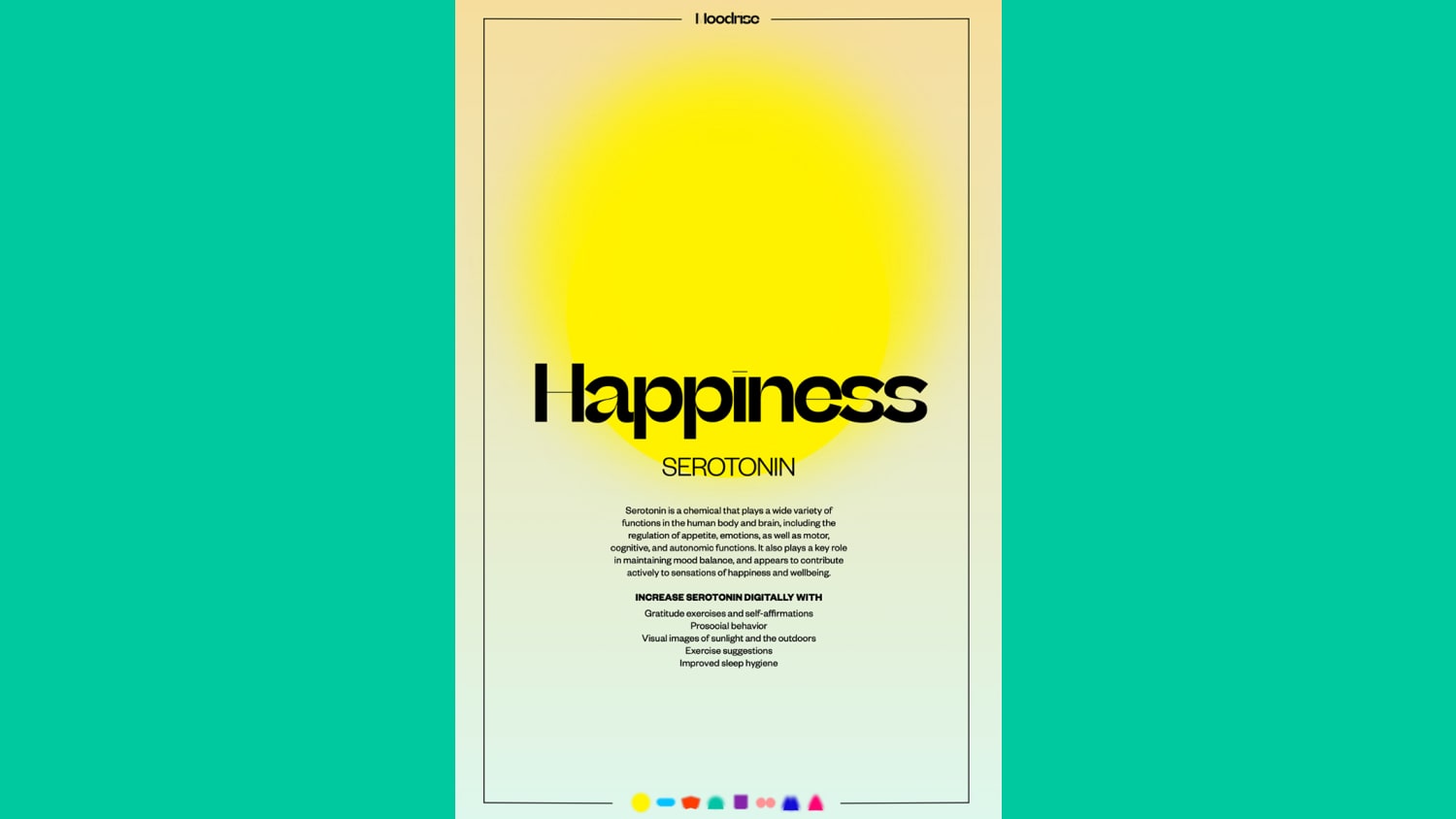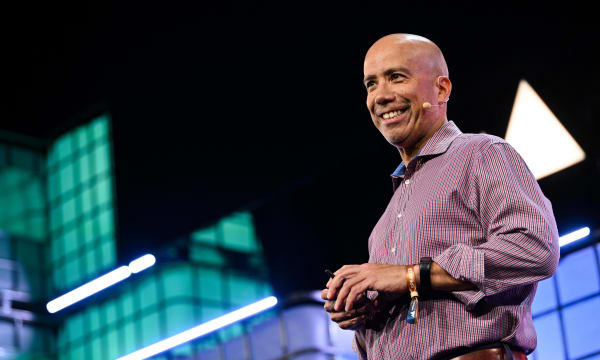Consumers are still going to have to take personal responsibility for the decisions they make, whether it’s the food they eat, the amount of sleep they endeavor to secure every single night, how they spend their money, or the content they consume.
But it’s a combination of one, content creators; two, platforms being more transparent about the impact these materials have on their viewers; and three, individuals being aware of the impact that content will have on their mood.
Do you think that there should be a regulatory body, similar to the FDA, that governs and standardizes the health safety of content?
It’s an excellent question, and, frankly, I’m torn. I don’t want to dent the ambitions of creatives and storytellers to make the world a more beautiful and interesting place, or to titillate and tease, or create a sense of wonder and awe. I don’t want regulation to interfere with entertainment. I really don’t.
But to some degree, we already have regulation that applies to movies, namely the MPAA movie ratings. Are they suffocating and restrictive? No. But they are strong symbols, and it often has a direct impact on potential box office revenue.
I want to be careful. If we have too strict a regulatory scaffolding for content, you might not be able to enjoy the plethora of materials that are available to us today. If we’re going to erect walls around a stadium—I think that’s healthy. If we’re going to start to suggest rules of play on the field—I think that’s healthy. If we’re going to referee each and every individual play—I think that becomes problematic. It’s going to have to be a balancing act.
I think inevitably, because digital therapeutics are going to be the next emerging vertical in pharmaceuticals, the traditional criteria that are applied to the development of proprietary molecules aren’t as appropriate for the development of proprietary products. It can be informed by them, but you don’t necessarily have to go through the four-stage clinical trials that are required by the FDA.
I think a lot of different agencies and interested parties are going to have to collaborate and develop some working consensus about what the right solution should be. Right now, we’re beginning to have those conversations, even with some folks in Washington [D. C.] who are seeking guidance about how to develop recommendations or a working thesis of their own. [Asking questions] like, should the FTC weigh in on this? Should the FDA develop a policy position? Should the FCC be more assertive, or continue to play only occasional referee like the Supreme Court?
These are decisions we’re going to have to wrestle with openly, informed by a concern for behavioral health in America, the desire to scale care for major providers, and an interest in operationalizing data to drive better human health outcomes. If we can start to figure out on a case-by-case basis how materials can augment or impair outcomes, that could transform the entirety of the human experience.
